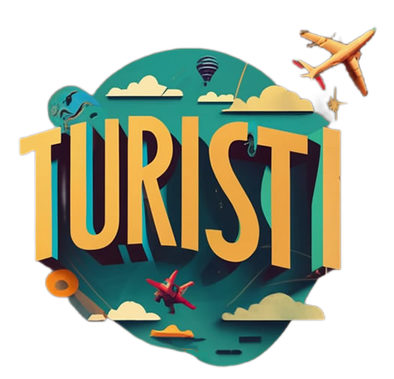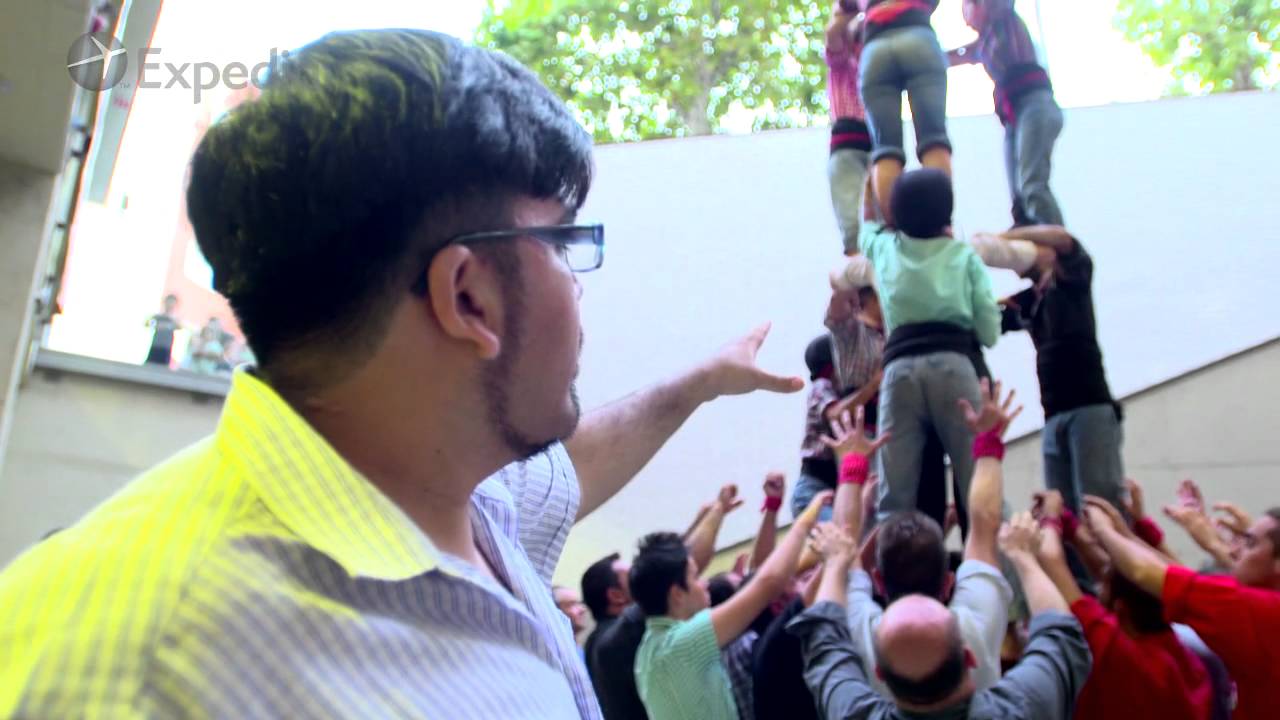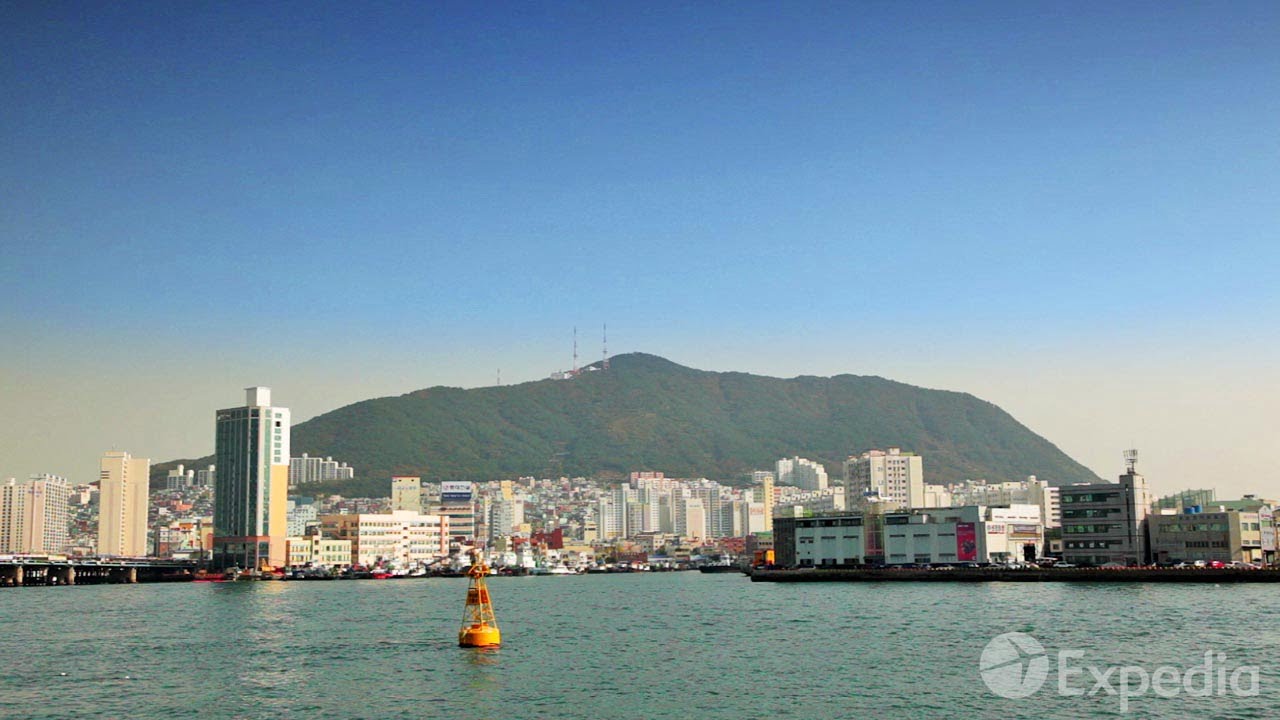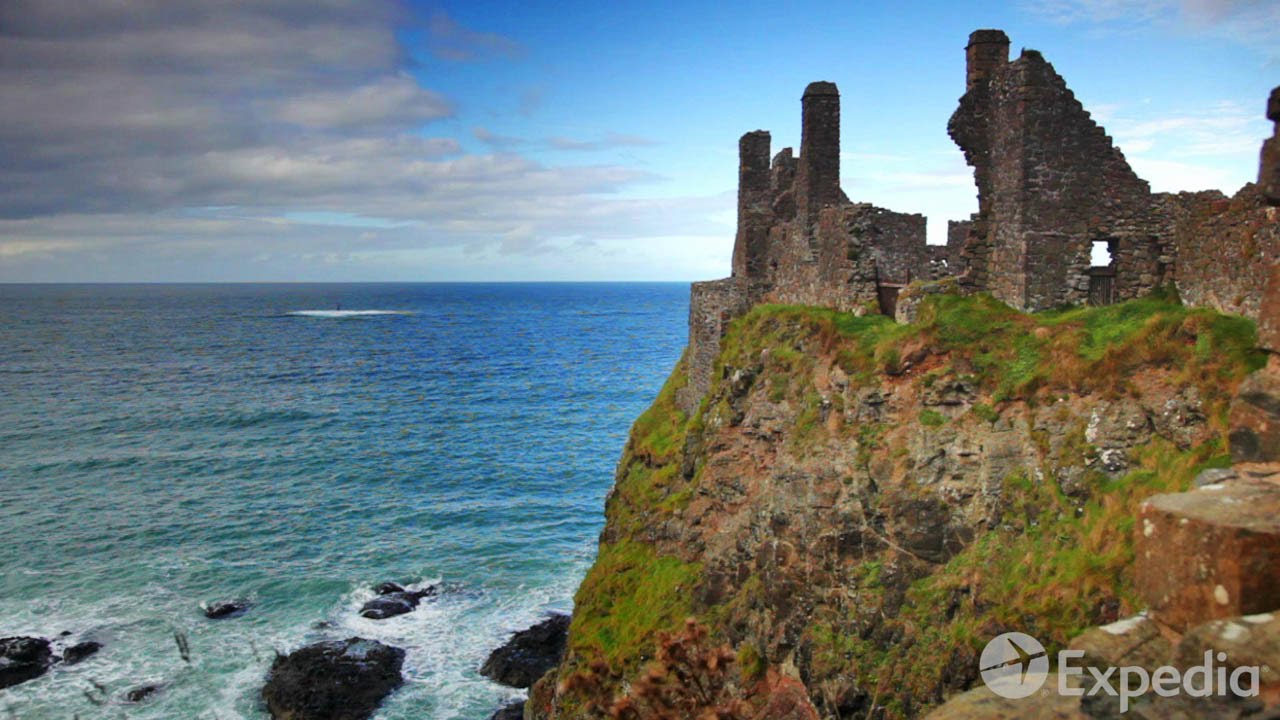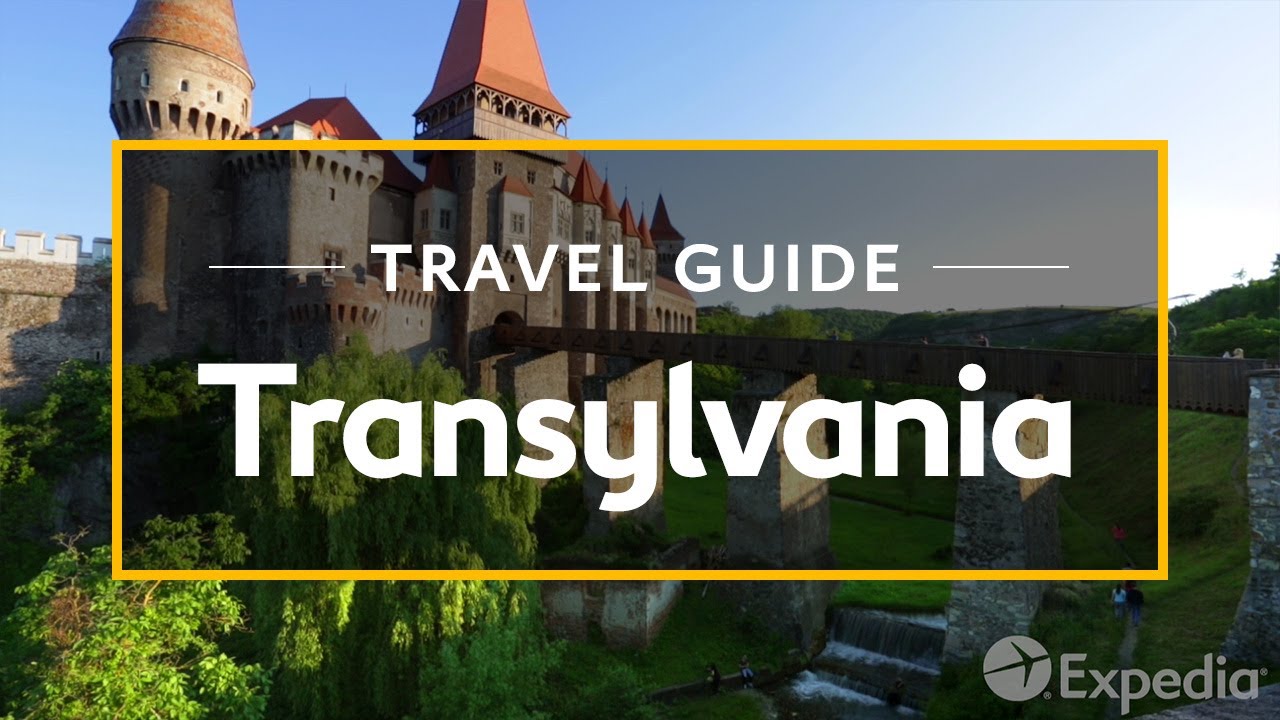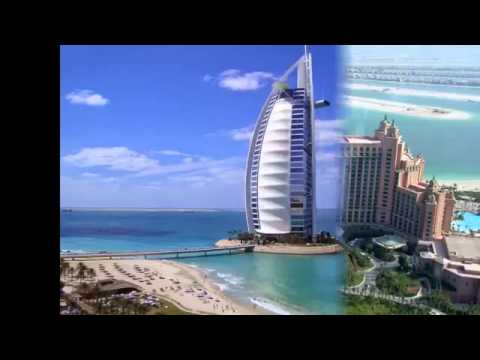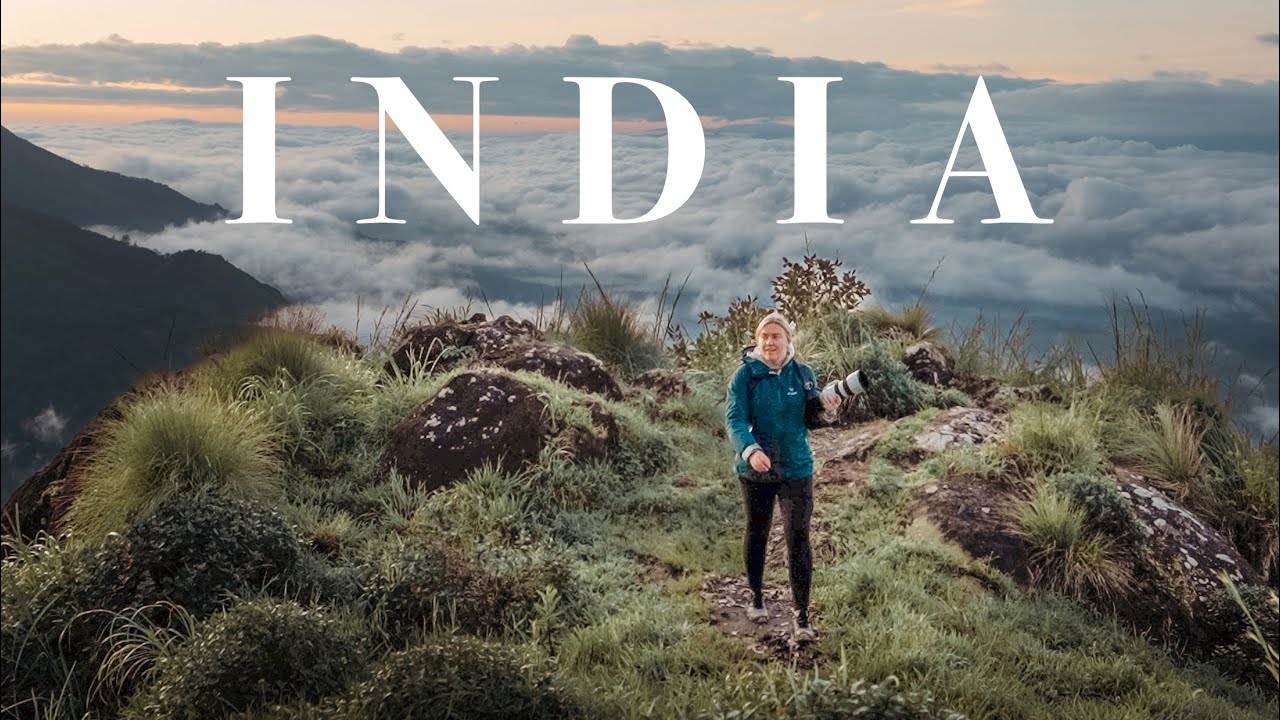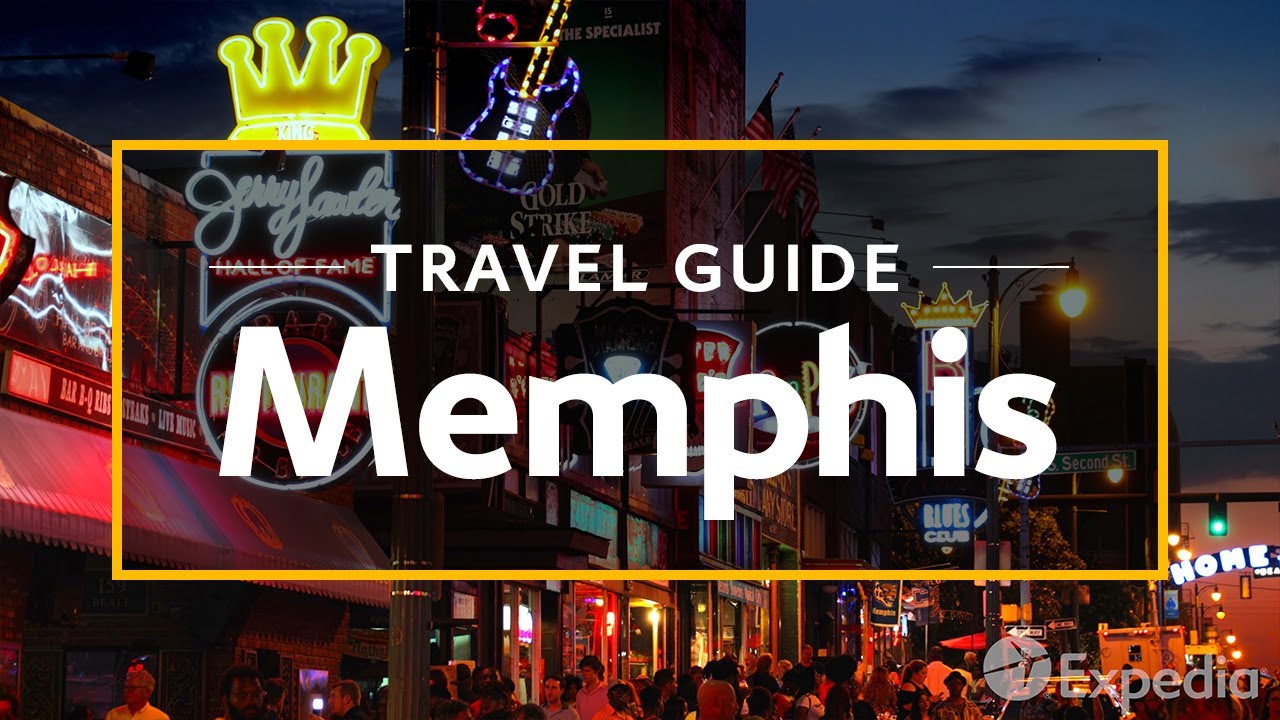Ireland (Republic of Ireland), a popular travel destination, is an island nation in western Europe. Ireland is the second-largest …
I. Best Time to Visit Ireland
The “best” time depends on your priorities:
- Peak Season (June – August):
- Pros: Warmest weather (average 15-20°C), longest daylight hours (until 10 PM in June/July), most festivals and events.
- Cons: Most crowded, highest prices for flights and accommodation.
- Shoulder Seasons (April – May & September – October):
- Pros: Pleasant temperatures (10-15°C), fewer crowds than peak, better prices, lush green landscapes in spring, beautiful autumn colors.
- Cons: Weather can be unpredictable (rain is always possible!), some attractions/tours might have reduced hours. This is often the recommended time for a balance.
- Off-Peak/Winter (November – March):
- Pros: Fewest crowds, lowest prices, cozy pub atmosphere, chances of snow in mountains, vibrant Christmas markets.
- Cons: Coldest weather (5-10°C), shortest daylight hours, some attractions may be closed or have limited hours.
Weather Note: “Four seasons in one day” is a common saying in Ireland. Always pack layers and waterproofs, regardless of the season!
II. Getting to & Around Ireland
Getting There:
- Flights:
- Dublin Airport (DUB): The main international gateway, serving numerous direct flights from North America, Europe, and beyond.
- Shannon Airport (SNN): A good option for accessing the west of Ireland (Clare, Galway, Kerry) directly from North America and some European cities.
- Cork Airport (ORK): Smaller, serving mostly UK and European routes.
- Belfast International (BFS) / George Best City (BHD): If flying into Northern Ireland.
- Ferries: Regular ferry services connect Ireland to the UK (Holyhead, Liverpool, Fishguard, Cairnryan) and France (Cherbourg, Roscoff).
Getting Around:
- Rental Car (Highly Recommended):
- Pros: Ultimate flexibility to explore remote areas, scenic drives, and hidden gems.
- Cons: Driving is on the left side of the road! Roads can be narrow and winding, especially in rural areas. Manual transmission is standard unless you specifically book an automatic (often more expensive).
- Tips: Book well in advance, especially for automatics. Consider adding full insurance (often called “Super CDW” or “Excess Waiver”) for peace of mind, as country roads can be challenging.
- Public Transport:
- Buses: Extensive network (Bus Éireann covers the Republic, Translink in Northern Ireland) connecting towns and cities. Can be slower than driving but cost-effective.
- Trains: Iarnród Éireann (Irish Rail) serves major routes between cities (e.g., Dublin-Cork, Dublin-Galway). Efficient and comfortable for city-to-city travel but doesn’t reach many smaller towns.
- Dublin’s DART/Luas: Commuter rail (DART) along the coast and tram (Luas) for getting around Dublin city.
- Tours: Various bus tours operate from major cities (Dublin, Galway, Cork) to popular attractions (Cliffs of Moher, Giant’s Causeway). Good for solo travelers or those uncomfortable driving on the left.
III. Top Attractions & Things to Do
Republic of Ireland:
- Dublin:
- Guinness Storehouse: Learn about Ireland’s most famous stout, enjoy a pint with panoramic city views at the Gravity Bar.
- Trinity College & The Book of Kells: Marvel at the ancient illuminated manuscript and the stunning Long Room library.
- Dublin Castle: Historic government complex with origins dating back to Viking times.
- St. Patrick’s Cathedral: Ireland’s largest church, rich in history and architecture.
- Temple Bar: Lively cultural quarter with pubs, live music, and street performers (can be very touristy).
- Grafton Street: Premier shopping street, known for its street performers.
- National Museum of Ireland: Free museums covering archaeology, natural history, and decorative arts.
- The Wild Atlantic Way: A spectacular coastal driving route stretching 2,500 km (1,550 miles) along the west coast.
- Cliffs of Moher, Co. Clare: Iconic, dramatic sea cliffs rising majestically from the Atlantic. A must-see!
- The Burren, Co. Clare: A unique karst landscape, almost lunar-like, with ancient tombs and rare flora.
- Galway City: A vibrant cultural hub known for its traditional music, bohemian vibe, and proximity to the Connemara region.
- Connemara National Park, Co. Galway: Rugged mountains, bogs, lakes, and wild ponies.
- Ring of Kerry, Co. Kerry: A scenic driving loop showcasing stunning coastal views, charming villages, and ancient sites.
- Dingle Peninsula, Co. Kerry: Another incredibly scenic peninsula, less crowded than the Ring of Kerry, with dramatic landscapes and vibrant local culture.
- Skellig Michael, Co. Kerry: A UNESCO World Heritage site, a remote, rugged island with an ancient monastic settlement (booking essential, weather permitting, often featured in Star Wars).
- Cork & The South:
- Blarney Castle, Co. Cork: Kiss the Blarney Stone for the “gift of the gab.”
- Cork City: A charming, walkable city with a strong foodie scene.
- Kinsale: A picturesque harbor town renowned for its gourmet food and colorful streets.
- Rock of Cashel, Co. Tipperary: A spectacular collection of medieval ecclesiastical buildings atop a limestone outcrop.
- County Donegal: Often considered Ireland’s most rugged and wild county, with dramatic coastlines, mountains, and pristine beaches. Home to the Slieve League Cliffs (some of Europe’s highest sea cliffs).
- Boyne Valley, Co. Meath: A UNESCO World Heritage site, home to ancient passage tombs like Newgrange and Knowth, dating back over 5,000 years.
Northern Ireland:
- Belfast:
- Titanic Belfast: A world-class interactive museum telling the story of the Titanic.
- Peace Walls & Murals: Explore the city’s complex history through its famous political murals and towering peace walls.
- Crumlin Road Gaol: A Victorian-era prison offering insights into Belfast’s past.
- Giant’s Causeway, Co. Antrim: A UNESCO World Heritage site, a unique geological formation of interlocking basalt columns created by ancient volcanic activity. Truly awe-inspiring.
- Carrick-a-Rede Rope Bridge, Co. Antrim: A thrilling rope bridge connecting the mainland to a tiny island, offering dramatic coastal views.
- Game of Thrones Filming Locations: Many iconic scenes from the series were filmed in Northern Ireland (e.g., Dark Hedges, Ballintoy Harbour).
IV. Irish Cuisine & Drink
Ireland’s culinary scene has evolved dramatically beyond just pub grub.
- Traditional Dishes:
- Irish Stew: Hearty lamb or beef stew with root vegetables.
- Colcannon/Champ: Creamy mashed potatoes with cabbage/kale or spring onions.
- Boxty: Potato pancakes.
- Soda Bread: A staple, delicious with butter and jam.
- Full Irish Breakfast: A hearty start to the day (bacon, sausage, eggs, black/white pudding, beans, tomato, toast).
- Seafood: Fresh seafood is abundant, especially on the west coast (oysters, salmon, cod, mussels).
- Pub Food: Many pubs now offer excellent modern Irish cuisine alongside classics.
- The Pub Experience: An essential part of Irish culture.
- Guinness: Experience a perfectly poured pint.
- Irish Whiskey: Explore various distilleries (Jameson in Dublin or Midleton in Cork).
- Traditional Irish Music (Trad Sessions): Seek out pubs with live music for an authentic experience.
- Craft Beer & Gin: Ireland’s craft beer and gin scenes are booming, offering excellent local options.
V. Accommodation
- Hotels: Ranging from budget-friendly chains to luxury five-star properties.
- B&Bs (Bed & Breakfasts): A fantastic way to experience Irish hospitality, often family-run, with home-cooked breakfasts. Widespread in both cities and rural areas.
- Guesthouses: Similar to B&Bs but often larger and more like small hotels.
- Self-Catering/Vacation Rentals: Cottages and apartments available, especially good for families or longer stays.
- Hostels: Plenty of options in cities and popular tourist towns, great for budget travelers.
VI. Practical Tips for Travelers
- Currency:
- Republic of Ireland: Euro (€)
- Northern Ireland: Pound Sterling (£)
- Tip: If crossing the border, ensure you have both currencies or rely on credit/debit cards. Cards are widely accepted in most places.
- Language: English is universally spoken. Irish (Gaelic) is the official first language of the Republic, but its use is mostly confined to Gaeltacht (Irish-speaking) regions.
- Driving: Drive on the left! Be prepared for narrow, winding roads, especially in rural areas. Roundabouts are common.
- Tipping:
- Restaurants: 10-15% for good service if a service charge isn’t already included.
- Pubs: Not customary to tip bar staff for just drinks, but you can offer to buy them a drink if you’ve been there a while.
- Taxis: Round up to the nearest Euro.
- Connectivity: eSIMs are becoming increasingly popular and convenient for data. Local SIM cards are available. Wi-Fi is common in hotels, B&Bs, and many pubs/cafes.
- Weather: As mentioned, pack layers and a waterproof jacket/umbrella. Sunscreen is also wise for sunny spells!
- Power Plugs: Type G (three-pin rectangular), same as the UK. Bring an adapter.
- Embrace the Craic: The Irish word for fun, entertainment, lively conversation, and a good time. Engage with locals, share a laugh in a pub, and enjoy the famous Irish friendliness!

